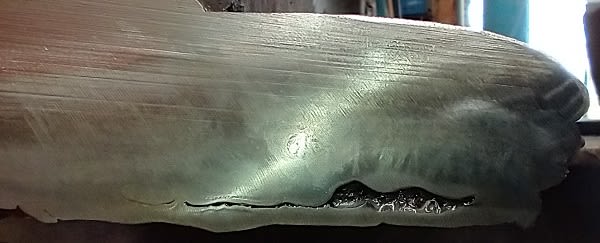Hello everyone,
In the multi-pass welding process (1st layer FCAW, 2-6 layers SAW), if the 1st layer is made using FCAW, and in this layer there are 2 or 3 holes of 3mm diameter. Should these holes be repaired before performing the 2nd pass which will be with SAW? Or the subsequent layers will actually cover the holes and it will have no effect on the welded structure?
In my opinion the holes should be repaired before subsequent welding otherwise they might become subsurface cracks. But my welder who has much more field experience than me told me that these small defects can be accepted because the layers on tops of it will tap it and will cause no structural flaw. Is there any consturction code which can be used to quantify the size of acceptable defects in the first layer of a multi layer welding process?
In the multi-pass welding process (1st layer FCAW, 2-6 layers SAW), if the 1st layer is made using FCAW, and in this layer there are 2 or 3 holes of 3mm diameter. Should these holes be repaired before performing the 2nd pass which will be with SAW? Or the subsequent layers will actually cover the holes and it will have no effect on the welded structure?
In my opinion the holes should be repaired before subsequent welding otherwise they might become subsurface cracks. But my welder who has much more field experience than me told me that these small defects can be accepted because the layers on tops of it will tap it and will cause no structural flaw. Is there any consturction code which can be used to quantify the size of acceptable defects in the first layer of a multi layer welding process?

